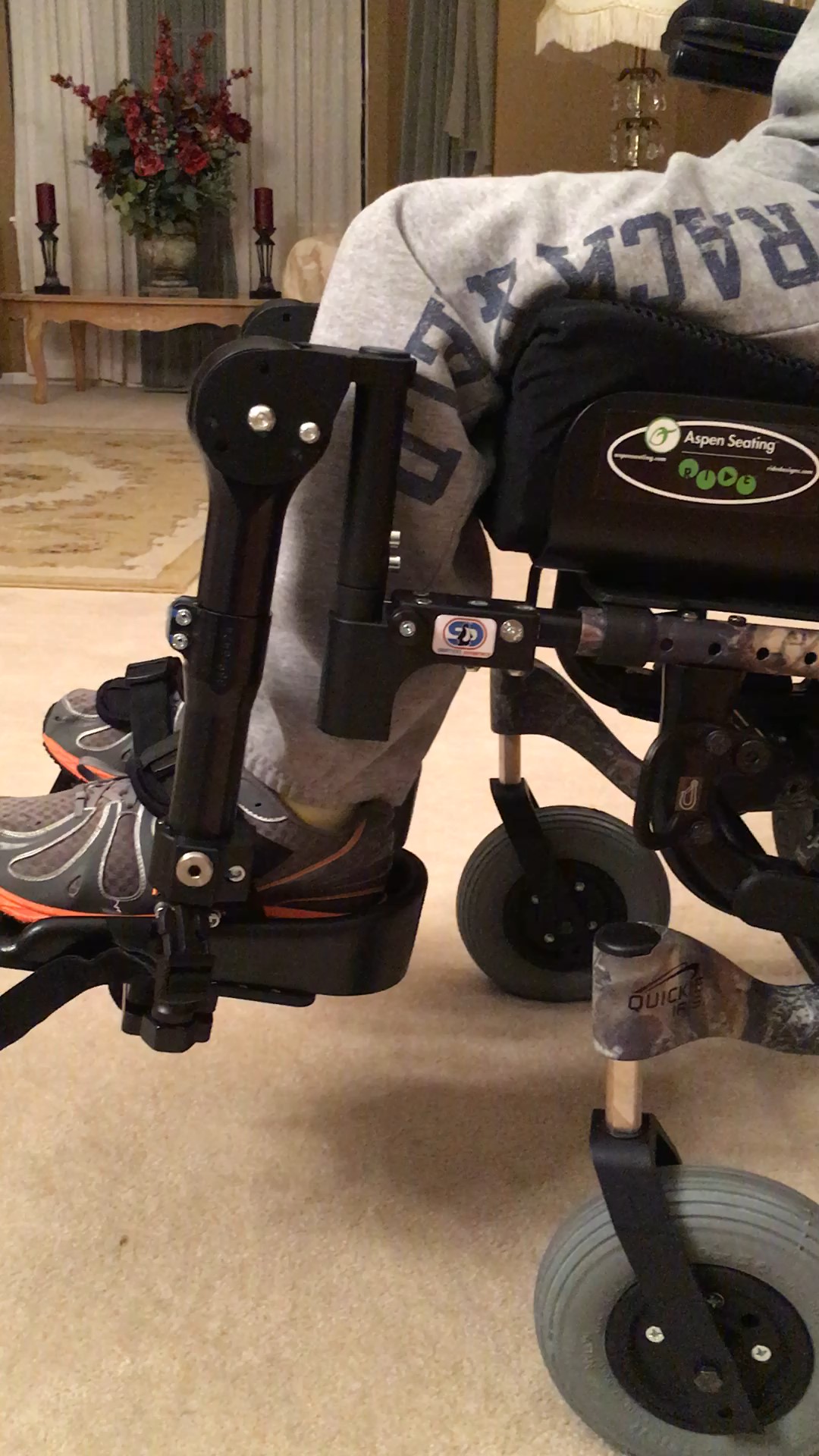Advantages of Modular Dynamic Seating Systems
 Updated 9/26/22
Updated 9/26/22
Our last blog revisited the differences between Integrated and Modular Dynamic Seating; specifically, the advantages of Integrated systems.
In this blog, we will highlight the advantages of Modular Dynamic components. Whereas Integrated systems are comprised of a dedicated mobility base incorporating several areas of movement, Modular components can be retrofitted to a new or existing mobility base and used individually or in combination with one another. The ability to place these Modular Dynamic components on a variety of mobility bases is a critical advantage. This allows Dynamic Seating to be added to an existing mobility base without having to replace, and fund, a new Integrated base.
Retrofitting allows the most appropriate mobility base to be chosen for the client and modular Dynamic components can then be added.
Many Integrated systems also include a dedicated seating system. This seating system may not meet a client’s needs and adding on “after-market” seating is often more difficult when using an Integrated mobility base. Many Integrated systems use a footboard, rather than individual footrests. Individual dynamic footrests capture movement separately in each lower extremity. This movement can be quite different on each side of the body and separate components can accommodate this variance. A single footboard may not respond as well to movement of differing degrees and force on each side of the body.
While separate components can be combined to capture movement throughout the body, careful assessment may reveal that movement is primarily initiating at one area. For example, a client may be leveraging off of the footplates, creating movement throughout the body. By diffusing force in just this one area, further dynamic components may not be necessary.
Some Disadvantages of a Modular Dynamic Seating Components
- The modular components are not designed to work in combination with each other on a dedicated base.
- Modular Dynamics Backs do not provide elevation of the posterior seat and so must rely on other strategies to limit shear and loss of pelvic alignment. The Seating Dynamics Dynamic Back relies on a raised pivot point.
- Funding may be more difficult if the client requires a new mobility base, as funding for the base and dynamic components must be obtained separately.
